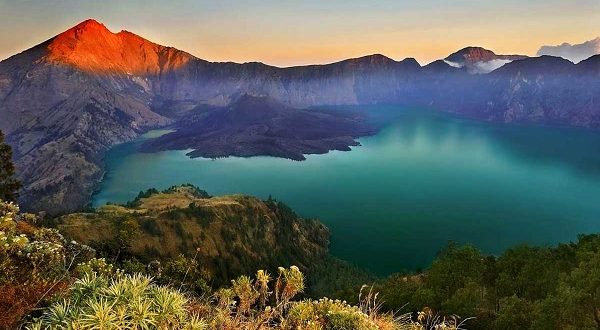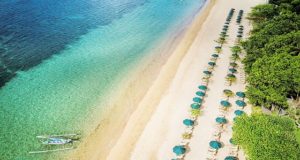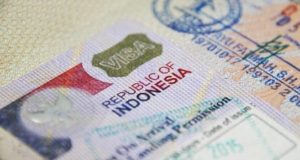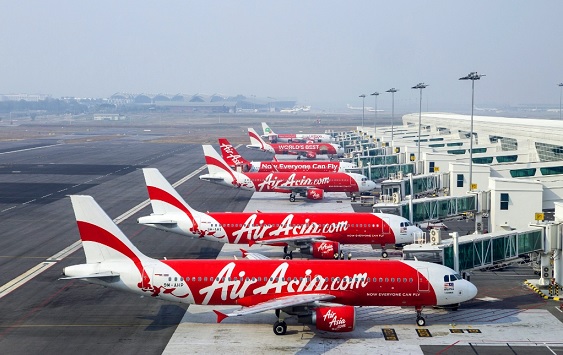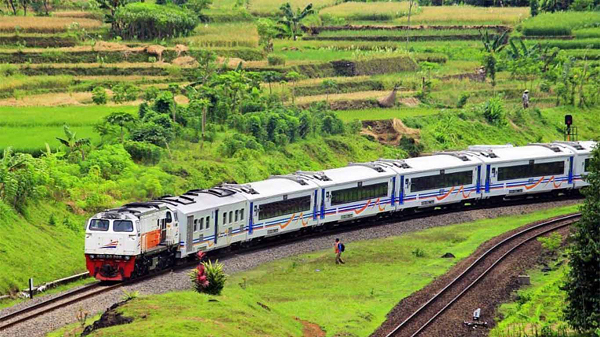After over four months of restrictions due to COVID-19 pandemic, hikers and climbers will be allowed to visit the Mount Rinjani (Gunung Rinjani) again from August 22.
Mount Rinjani is an active volcano and located at Lombok in West Nusa Tenggara (NTB). It is 3,726 meters (12,224 ft) high, making it the second highest volcano in Indonesia after Mount Kerinci. The mountain provides four hiking trails for the public, namely Aik Berik, Sembalun, Senaru and Timbanuh.
Mr. Dedy Asriady, the head of the Mount Rinjani National Park Agency, has confirmed on August 18 that the management of the park has decided to reopen the way to Mount Rinjani for the hikers to promote economy that also relies on tourism, despite the rising coronavirus infection rate in the country.
After consulting and coordinating with the Natural Resource & Ecosystem Conservation Directorate General and the NTB administration, the management of the park decided to reopen the trails after confirming that the trails are ready and safe for hiking.
The mountain can only be used for (a maximum of) 2 days and 1 night trip and the number of hikers will be limited. The Sembalun and Senaru trails can only have a maximum of 45 hikers per day, while the Air Berik and Timbanuh trails can only have a maximum of 30 hikers per day.
In order to track the number of visitors, they all need to book their visit on the eRinjani mobile app, which can be easily downloaded from the Play Store. Moreover, all hikers will be required to wear face masks all time during hiking. All hikers will require to carry their own liquid soap, hand sanitizer and trash bags, as well as to maintain a one meter social distance from other visitors and staff.
Hikers from outside West Nusa Tenggara must carry a health certificate certifying that they are tested negative to COVID-19, while hikers from Lombok are required to be free from COVID-19 symptoms such as cough, cold, high body temperature, breathing issues etc.
The latest update of the National Disaster Mitigation Agency’s (BNPB) on areas with COVID-19 risk shows that eastern and central Lombok are classified as yellow zones or areas with low COVID-19 risk, while northern Lombok is classified as orange zone with moderate COVID-19 risk.
 Asean Travel News Travel News Agency in Delhi
Asean Travel News Travel News Agency in Delhi

